Full Body PET Scan for Cancer in Culver City Los Angeles, CA
A PET scan is used to diagnose a range of diseases. It is most typically used to identify cancer, heart disease, and neurological issues. At the iVIE MRI Screening Center, Dr. Kourosh Naini and his team provide MRIs and superior advanced imaging services. Get a full view of your health with our innovative, specialized brain and whole-body screening. Come for your scan today and let our healthcare professionals help keep your health in check. For more information, contact us or book an appointment online. We are located at 11600 Washington Pl Suite 104A, Culver City, CA 90066.
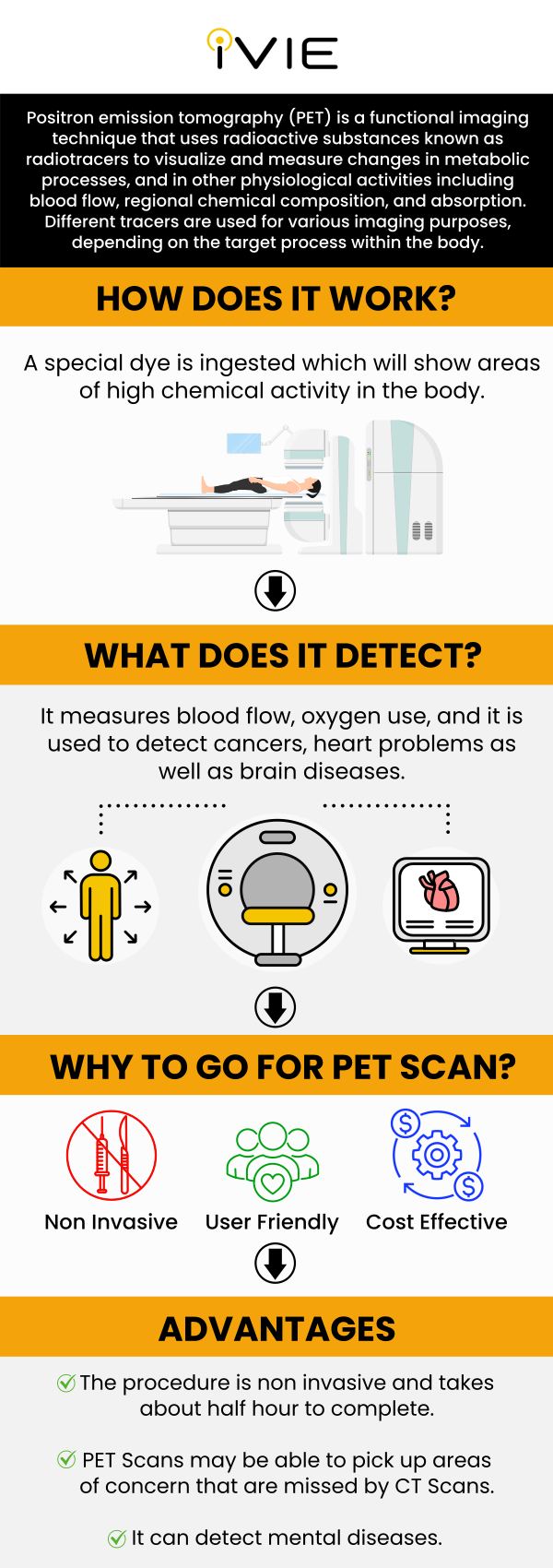
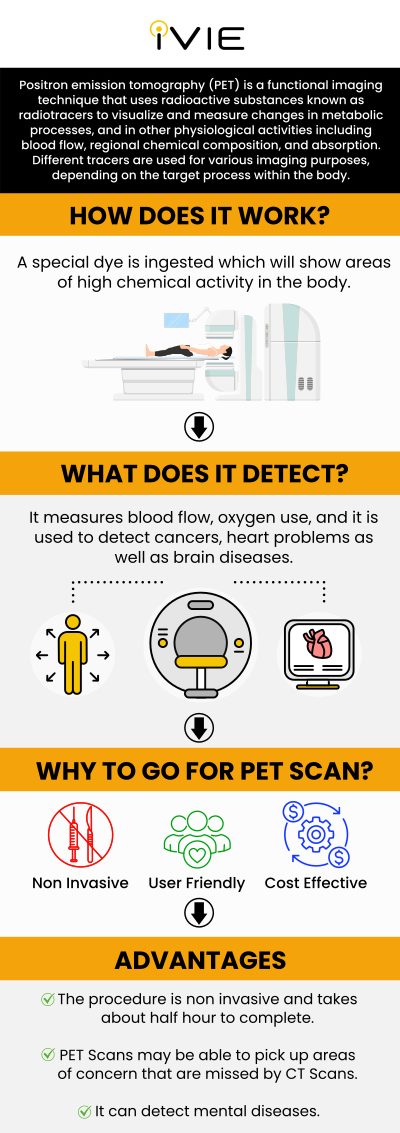
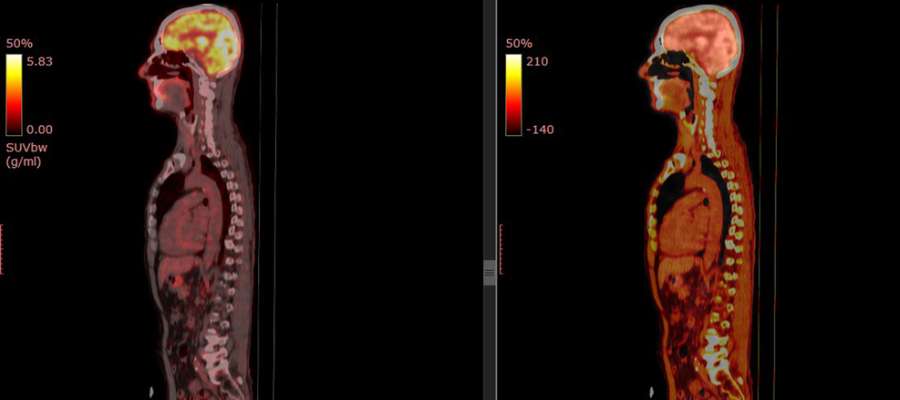
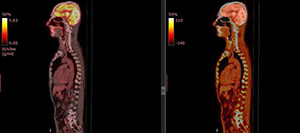
Table of Contents:
What is a PET scan?
What’s the difference between a PET scan, CT scan and MRI?
What does a PET scan check for?
When would I need a PET scan?
A Positron Emission Tomography (PET) scan is an advanced imaging test that creates three-dimensional pictures of the inside of the body. This scan uses a mildly radioactive drug, known as a tracer, to highlight areas of the body where cells are more active than usual.
It is primarily used for diagnosing conditions like cancer and can also help determine the spread of cancer in the body. PET scans are conducted in radiology or nuclear medicine departments, usually as outpatient procedures, and are most commonly available in major cancer hospitals.
PET scans are a sophisticated diagnostic tool that complements other imaging methods like CT scans and MRIs. They provide unique insights into the functioning of body cells, particularly useful in cancer diagnosis, heart disease evaluation, and the investigation of brain disorders.
PET scans differ from CT scans and MRIs in terms of the imaging techniques and the information they provide. While a CT scan (Computed Tomography) and an MRI (Magnetic Resonance Imaging) primarily show the structure of the body’s organs, tissues, and bones, a PET scan provides insights into how the body’s cells are functioning.
PET scans use radioactive tracers that are absorbed by certain organs and tissues, which are then detected by the PET scanner to produce images reflecting cellular activity. CT scans are an advanced X-ray form that uses multiple-angle X-rays to create a detailed 3D image of the body’s structures.
These scans are beneficial for identifying small tumors and internal bleeding and detecting cancer. MRIs use radio waves and a strong magnetic field to produce images, especially of soft tissues, without using radiation. PET scans, on the other hand, are used to diagnose illnesses related to the brain, blood, and organs and are particularly helpful in assessing cancer treatments.
A PET scan is used to check for a variety of conditions. It is most commonly employed to detect cancer, heart problems, and brain disorders. PET scans show problems at the cellular level, offering a detailed view of complex systemic diseases.
They are especially useful for investigating confirmed cases of cancer, determining the extent of cancer spread, and assessing the effectiveness of cancer treatments. PET scans can also inspect blood flow, oxygen intake, and the metabolism of organs and tissues, making them an invaluable tool in medical diagnostics.
You might need a PET scan for several reasons, predominantly related to diagnosing and monitoring cancer, heart disease, and brain conditions. PET scans are instrumental in detecting or monitoring cancerous growths, evaluating heart diseases like coronary artery disease, and diagnosing brain disorders such as epilepsy and Alzheimer’s disease.
They are also used to assess whether a person is suitable for surgery in cases of refractory epilepsy and to measure the uptake of sugar in specific parts of the brain in Alzheimer’s disease. In cancer diagnosis and treatment, PET scans can reveal the presence and stage of cancer, show if and where it has spread, and help doctors determine the effectiveness of chemotherapy or the necessity of tumor removal.
In preparation for a PET scan, patients generally need to refrain from eating for about 4 to 6 hours beforehand and may be advised to avoid strenuous exercise for 12 to 24 hours before the scan. The scan uses a special dye containing radioactive tracers, which are swallowed, inhaled, or injected, depending on the body part being examined.
After the test, patients can usually resume their normal activities and are advised to drink plenty of fluids to help flush the tracer from their body. PET scans are a safe procedure, exposing patients to a low level of radiation comparable to environmental exposure over a few years.
Whole-body PET scans are available at iVIE MRI Screening Center. For more information, contact us or book an appointment online. We are located at 11600 Washington Pl Suite 104A, Culver City, CA 90066. We serve patients from Culver City Los Angeles CA, Downtown LA, Beverly Hills CA, Marina del Rey CA, Venice CA, Santa Monica CA, and surrounding areas.
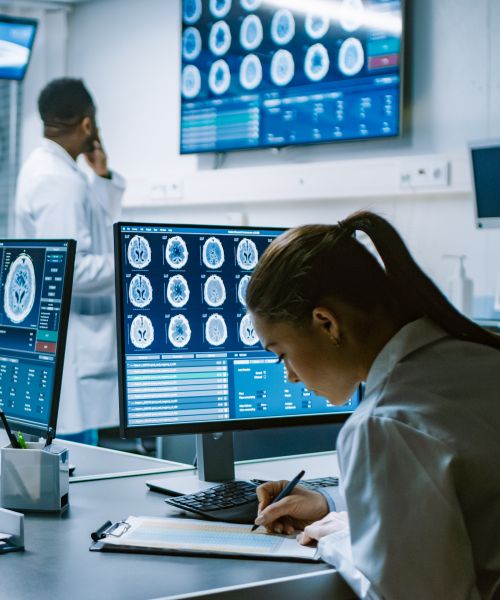
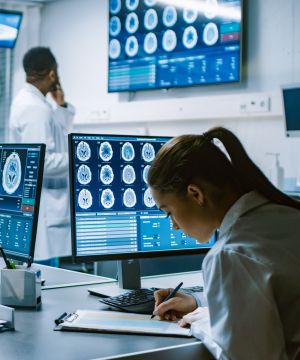
Additional Services You May Need
▸ Dementia Screening
▸ Aneurysm Screening
▸ Spine MRI
▸ Whole Body MRI Screening
▸ MRI Brain Screening
▸ Brain PET
▸ Work/Sport Spine Injury Diagnosis
▸ Work/Sport Brain Injury Diagnosis
▸ Whole Body PET For Cancer
▸ MRA Brain Screening


